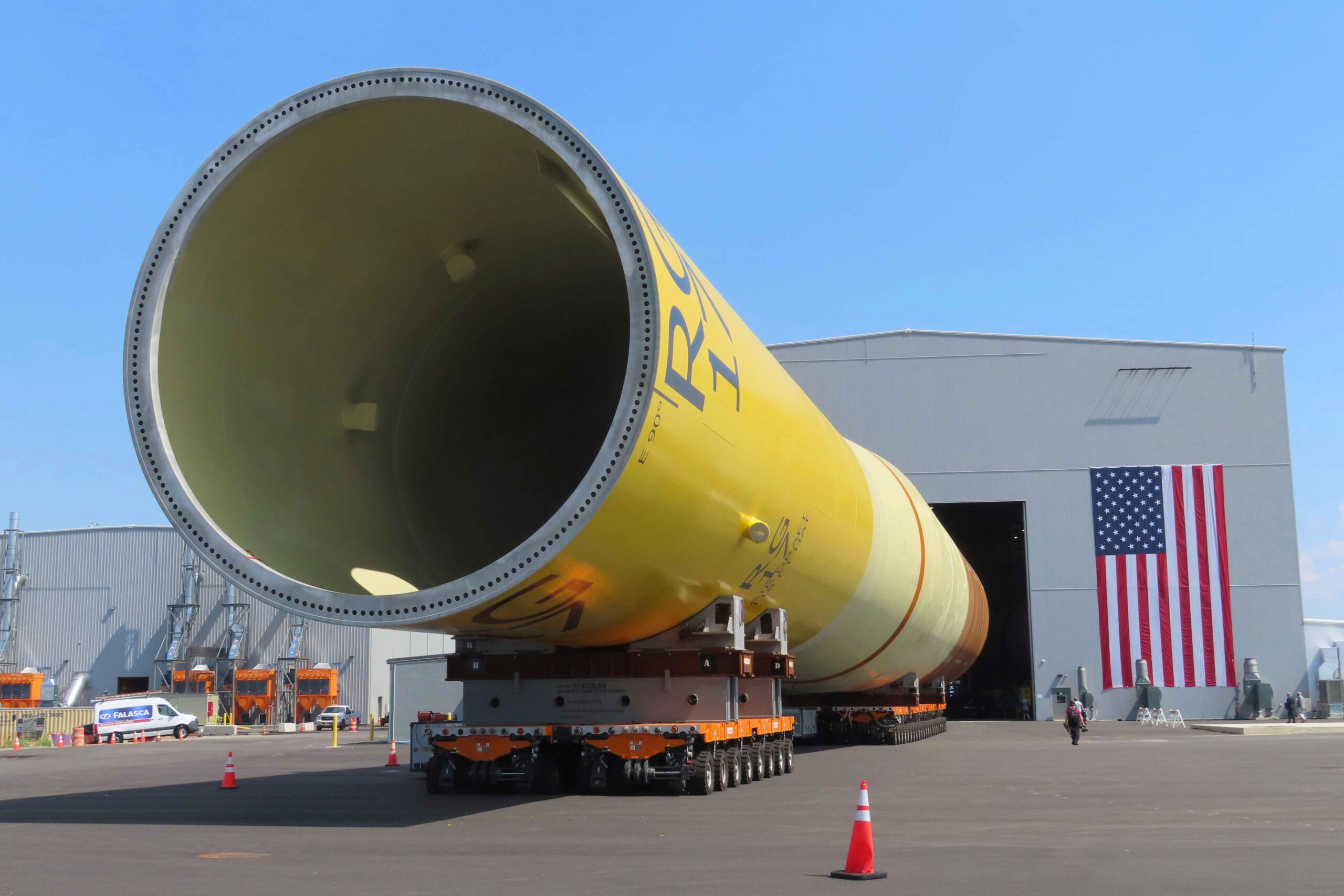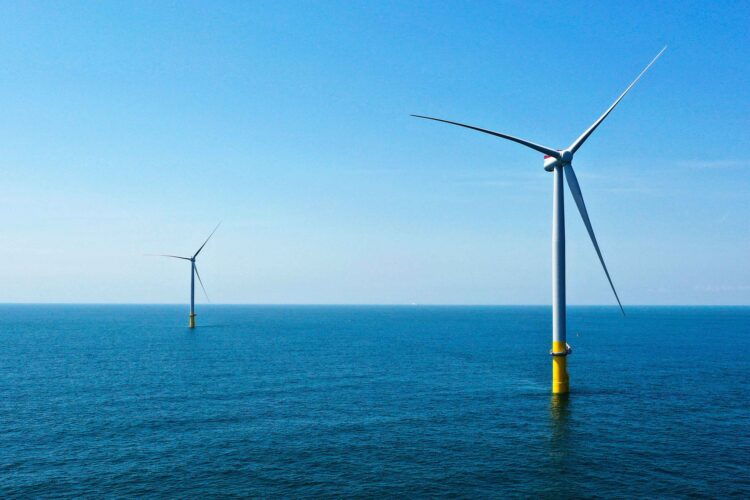Denmark-based energy developer Orsted abruptly stopped construction on two massive offshore wind turbine farms in New Jersey on Wednesday, citing supply chain issues, high inflation, and rising interest rates. The cancelation of the twin Ocean Wind 1 & 2 projects is a major blow to President Joe Biden’s economic and energy agendas, with the White House previously citing the construction as proof of “Bidenomics” paying off.

“We have no choice but to cease development of Ocean Wind 1 and Ocean Wind 2,” said Orsted Americas Division CEO David Hardy on Wednesday. “We are extremely disappointed to have to take this decision, particularly because New Jersey is poised to be a U.S. and global hub for offshore wind energy.”
“We remain committed to the U.S. renewable energy market, building clean power that will create jobs across technologies and states from the Northeast to Texas,” he continued. “Offshore wind energy remains an integral solution to helping the U.S. meet its clean energy ambitions, including job creation, a domestic supply chain, and a reinvigorated maritime industry.”
Despite its lofty goals for the project, Orsted, the world’s largest offshore wind developer, has been unable to overcome the macroeconomic factors that have slowed the construction process. The Danish company reported that a combination of impairments has cost the company $5.6 billion, forcing the termination of the project.
Learn the benefits of becoming a Valuetainment Member and subscribe today!
Elevated inflation, rising interest rates, and other economic headwinds have complicated matters for the entire offshore wind energy sector, causing many other builders to reassess similar projects.
Ocean Wind 1, which was approved under the Obama administration, was officially cleared for construction in July. The wind farm would have consisted of 98 turbines situated 15 miles off the southern New Jersey coast, providing enough power to run nearly half a million homes. The project was anticipated to be completed by 2025, giving New Jersey its first offshore wind farm.
Ocean Wind 2 would have been similar in scale and was expected to go online in 2028.
The cancelation of both projects came as a major blow to Orsted, resulting in a 22 percent stock drop, and it also jeopardizes the future of President Biden’s economic and energy initiatives. During a press conference to announce the greenlighting of Ocean Wind 1, White House National Climate Advisor Ali Zaidi celebrated it as proof of the administration’s success.
“This massive expansion in clean energy construction didn’t just happen. It’s not an accident. It’s Bidenomics in action. Big, bold, and building things,” he said. “Thanks to President Biden’s leadership, the United States will keep seizing opportunities for offshore wind and other clean energy technologies, strengthening our energy security and advancing our climate goals, all while creating good-paying jobs up and down the manufacturing supply chain.”
An accompanying fact sheet echoed these talking points and promoted the offshore projects as proof of America’s continuing economic recovery.
However, despite Biden’s commitment to promoting the offshore wind sector as the future of American energy, his ambitious goal of producing 30 gigawatts of wind energy by 2030 remains largely out of reach. Only two small offshore sites have been constructed so far, and others are in various stages of completion up and down the East Coast. Even if all of them were to be completed by 2030, they would fall well short of the 30 GW goal.
Offshore turbines have also been linked to environmental disruptions and wildlife deaths, with some experts indicating that whale populations are being affected by the construction. These claims remain unproved, but the broader ecological impact of wind farms on both land and sea remain a cause for concern.
Nevertheless, the Biden administration remains committed to its wind-based agenda. On Tuesday, the White House okayed the Coastal Virginia Offshore Wind project, the largest offshore wind farm yet. This installation will consist of 176 turbines off the coast of Virginia, powering as many as 900,000 homes.


















Add comment